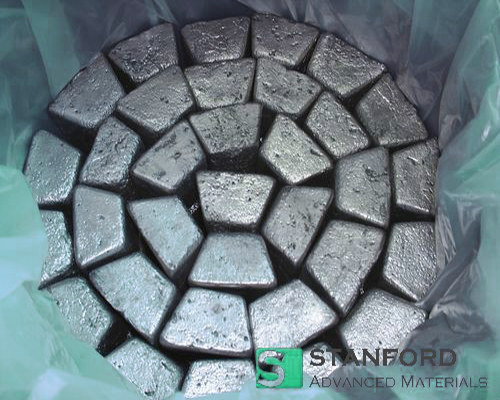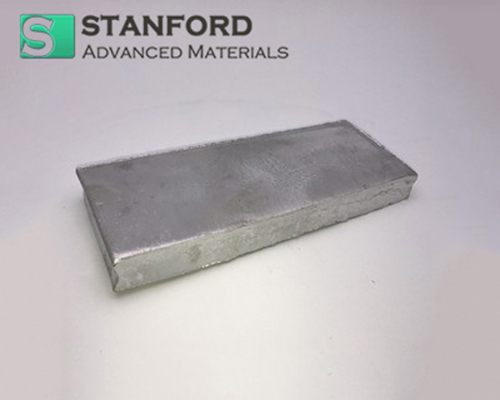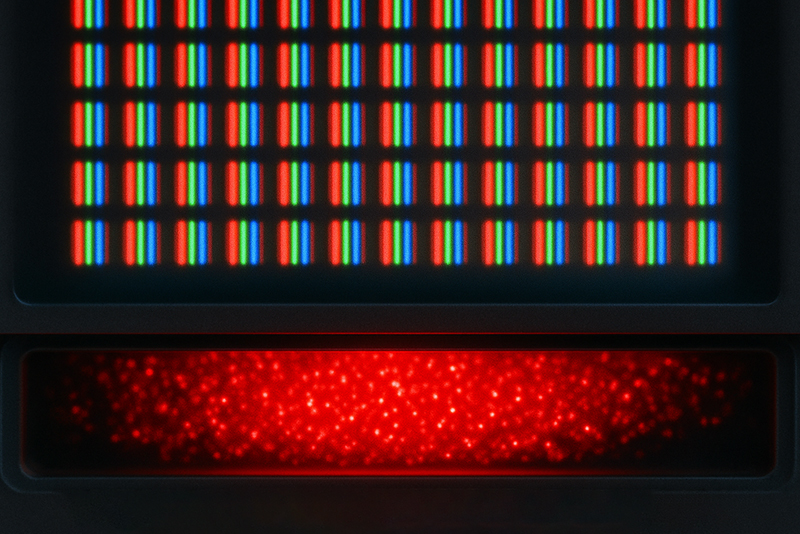Scandium isn’t the flashiest element on the periodic table, but give it the right partners—like magnesium or aluminum—and it unlocks some serious performance perks. If you're sourcing advanced alloys for aerospace, lightweighting, or high-performance manufacturing, Mg-Sc and Al-Sc master alloys are worth a closer look.
Magnesium-Scandium alloys typically come in two common formulations: Mg-5Sc and Mg-10Sc. The magnesium base is ultra-pure (we’re talking ≥99.99%), which helps optimize the alloy’s structural integrity and performance. You might also find trace amounts of aluminum, manganese, or zirconium, depending on the use case.
Mg-Sc alloys are melted using induction furnaces under argon-protected vacuum environments. The resulting master alloy is available in forms like ingots, rods, or granules, and it can be further processed via annealing, extrusion, or drawing. If you’re shaping it for aerospace profiles, you’ll appreciate how adaptable it is during secondary processing.
High strength—especially after heat treatment
Excellent corrosion resistance—great for harsh environments
Thermal stability—it holds up at elevated temperatures
Low density—making it ideal when every gram counts
Mg-Sc is a top pick for:
Aerospace structural components
Automotive parts designed for lightweighting
Sports equipment and industrial assemblies that demand a high strength-to-weight ratio
Scandium content in these alloys usually ranges from 0.1% to 1.0%. It’s often combined with other alloying systems like Al-Mg-Sc, Al-Mg-Li-Sc, or Al-Zn-Mg-Sc. You’ll also find micro-additions of Mn, Zr, or Ti to tweak the performance even further.
These are produced as aluminum-based intermediate alloys, then cast and shaped under vacuum or inert atmospheres. They’re often sold as welding wires, casting ingots, or bars ready for downstream processing.
Grain refinement—produces a much finer microstructure
Weld integrity—less cracking and better mechanical strength at the joints
Stronger at room temperature—without sacrificing ductility
Outstanding weldability—especially in high-performance aluminum parts
Aircraft structural parts
High-speed trains and naval components
Next-gen transportation systems where strength and weldability are non-negotiable
Mg-Sc is lighter—ideal for ultra-lightweight designs
Al-Sc excels in welding applications and complex assemblies
Both get a major boost in strength and thermal stability thanks to scandium
Use Mg-Sc where weight reduction is mission-critical (think drones, satellites, or sports tech)
Go for Al-Sc when you need high strength and reliable weldability in aerospace or military-grade structures
Looking to Source Mg-Sc or Al-Sc Master Alloys?
At Stanford Materials Corporation (SMC), we supply high-purity magnesium and aluminum-scandium master alloys in multiple forms, tailored for both research and industrial production. Whether you're prototyping or scaling, our team can help match the right alloy to your performance targets.
Eric Loewen
Eric Loewen graduated from the University of Illinois studying applied chemistry. His educational background gives him a broad base from which to approach many topics. He has been working with topics about advanced materials for over 5 years at Stanford Materials Corporation (SMC). His main purpose in writing these articles is to provide a free, yet quality resource for readers. He welcomes feedback on typos, errors, or differences in opinion that readers come across.

 Inquiry List
Inquiry List




